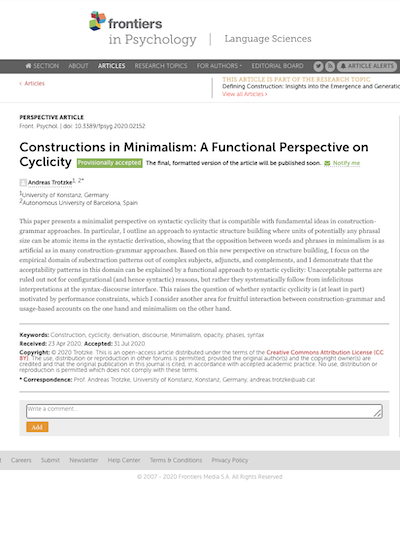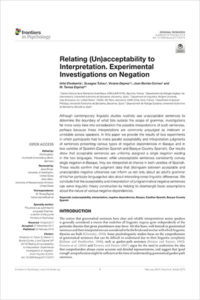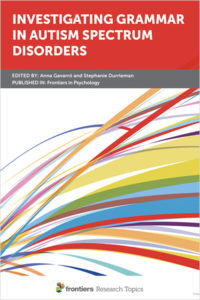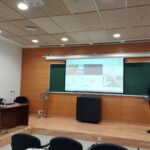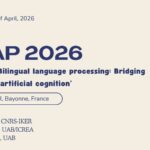29 setembre, 2025
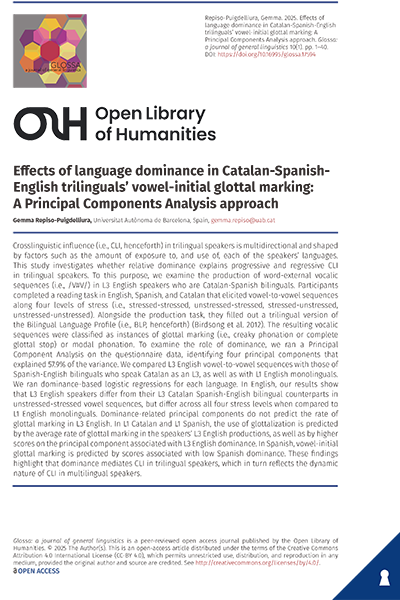
Autors:
Gemma Repiso-Puigdelliura
Títol:
Effects of language dominance in Catalan-Spanish-English trilinguals' vowel-initial glottal marking: A Principal Components Analysis approachEditorial: Glossa: a journal of general linguistics
Data de publicació: 8 de setembres de 2025
Més informacióCrosslinguistic influence (i.e., CLI, henceforth) in trilingual speakers is multidirectional and shaped by factors such as the amount of exposure to, and use of, each of the speaker’s languages. This study investigates whether relative dominance explains progressive and regressive CLI in trilingual speakers. To this purpose, we examine the production of word-external vocalic sequences (i.e., /V#V/) in L3 English speakers who are Catalan-Spanish bilinguals. Participants completed a reading task in English, Spanish, and Catalan that elicited vowel-to-vowel sequences along four levels of stress (i.e., stressed-stressed, unstressed-stressed, stressed-unstressed, unstressed-unstressed). Alongside the production task, they filled out a trilingual version of the Bilingual Language Profile (i.e., BLP, henceforth) (Birdsong et al. 2012). The resulting vocalic sequences were classified as instances of glottal marking (i.e., creaky phonation or complete glottal stop) or modal phonation. To examine the role of dominance, we ran a Principal Component Analysis on the questionnaire data, identifying four principal components that explained 57.9% of the variance. We compared L3 English vowel-to-vowel sequences with those of Spanish-English bilinguals who speak Catalan as an L3, as well as with L1 English monolinguals. We ran dominance-based logistic regressions for each language. In English, our results show that L3 English speakers differ from their L3 Catalan Spanish-English bilingual counterparts in unstressedstressed vowel sequences, but differ across all four stress levels when compared to L1 English monolinguals. Dominance-related principal components do not predict the rate of glottal marking in L3 English. In L1 Catalan and L1 Spanish, the use of glottalization is predicted by the average rate of glottal marking in the speakers’ L3 English productions, as well as by higher scores on the principal component associated with L3 English dominance. In Spanish, vowel-initial glottal marking is predicted by scores associated with low Spanish dominance. These findings highlight that dominance mediates CLI in trilingual speakers, which in turn reflects the dynamic nature of CLI in multilingual speakers.
27 octubre, 2025
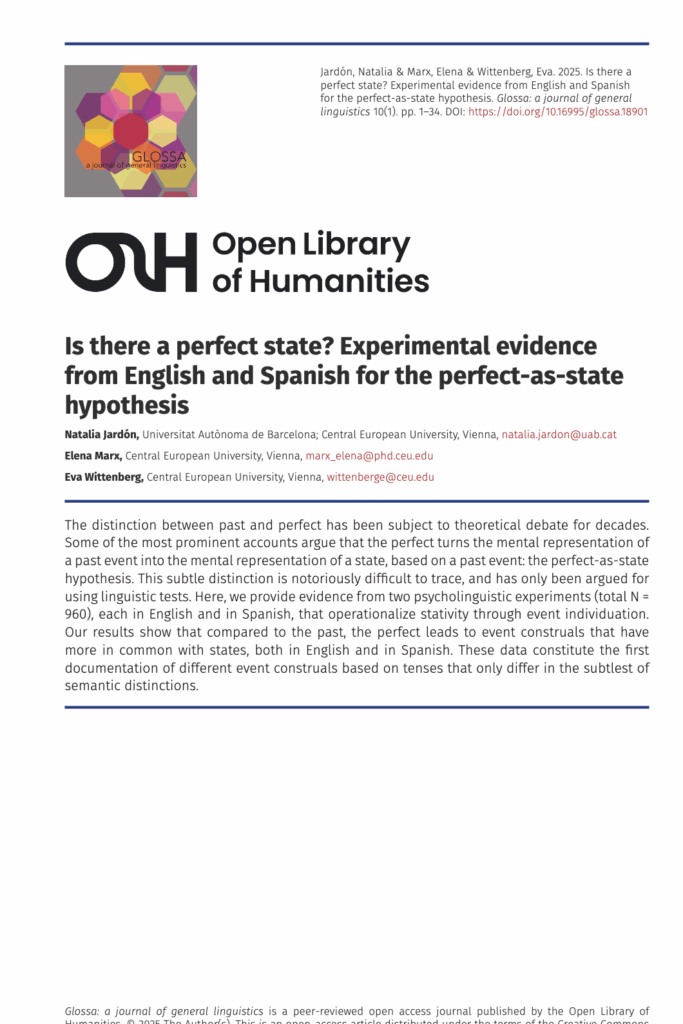
Autors:
Natalia Jardón Pérez, Elena Marx & Eva Wittenberg
Títol:
Is there a perfect state? Experimental evidence from English and Spanish for the perfect-as-state hypothesisEditorial: Glossa: a journal of general linguistics
Data de publicació: 24 d'octubre de 2025
Més informacióThe distinction between past and perfect has been subject to theoretical debate for decades. Some of the most prominent accounts argue that the perfect turns the mental representation of a past event into the mental representation of a state, based on a past event: the perfect-as-state hypothesis. This subtle distinction is notoriously difficult to trace, and has only been argued for using linguistic tests. Here, we provide evidence from two psycholinguistic experiments (total N=960), each in English and in Spanish, that operationalize stativity through event individuation. Our results show that compared to the past, the perfect leads to event construals that have more in common with states, both in English and in Spanish. These data constitute the first documentation of different event construals based on tenses that only differ in the subtlest of semantic distinctions.
20 juny, 2015
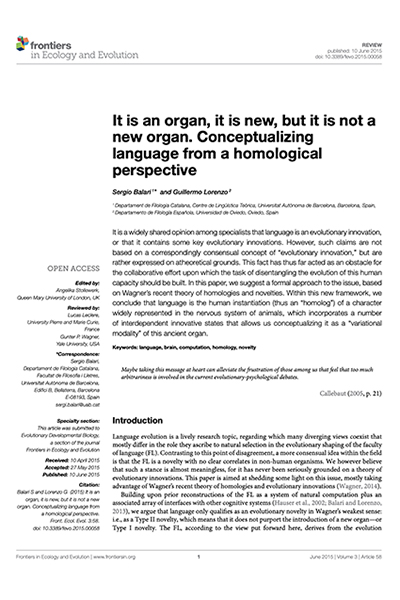
Autors:
Sergio Balari, Guillermo Lorenzo
Títol:
It is an organ, it is new, but it is not a new organ. Conceptualizing language from a homological perspectiveEditorial: Frontiers
Col·lecció: Frontiers in Ecology and Evolution #3Data de publicació: 2015
Pàgines: 18 Més informació
Text completIt is a widely shared opinion among specialists that language is an evolutionary innovation, or that it contains some key evolutionary innovations. However, such claims are not based on a correspondingly consensual concept of “evolutionary innovation,” but are rather expressed on atheoretical grounds. This fact has thus far acted as an obstacle for the collaborative effort upon which the task of disentangling the evolution of this human capacity should be built.
In this paper, we suggest a formal approach to the issue, based on Wagner's recent theory of homologies and novelties. Within this new framework, we conclude that language is the human instantiation (thus an “homolog”) of a character widely represented in the nervous system of animals, which incorporates a number of interdependent innovative states that allows us conceptualizing it as a “variational modality” of this ancient organ.
1 març, 2019
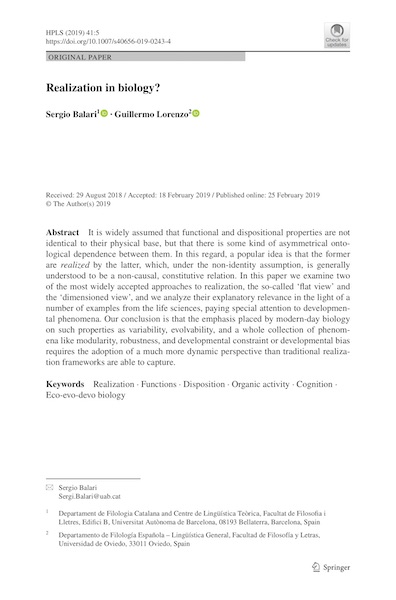
Autors:
Sergio Balari, Guillermo Lorenzo
Títol:
Realization in biology?Editorial: Springer
Col·lecció: History and Philosophy of the Life Sciences #41:5Data de publicació: 2019
Pàgines: 27 Més informació
Text completIt is widely assumed that functional and dispositional properties are not identical to their physical base, but that there is some kind of asymmetrical ontological dependence between them. In this regard, a popular idea is that the former are realized by the latter, which, under the non-identity assumption, is generally understood to be a non-causal, constitutive relation. In this paper we examine two of the most widely accepted approaches to realization, the so-called ‘flat view’ and the ‘dimensioned view’, and we analyze their explanatory relevance in the light of a number of examples from the life sciences, paying special attention to developmental phenomena. Our conclusion is that the emphasis placed by modern-day biology on such properties as variability, evolvability, and a whole collection of phenomena like modularity, robustness, and developmental constraint or developmental bias requires the adoption of a much more dynamic perspective than traditional realization frameworks are able to capture.



